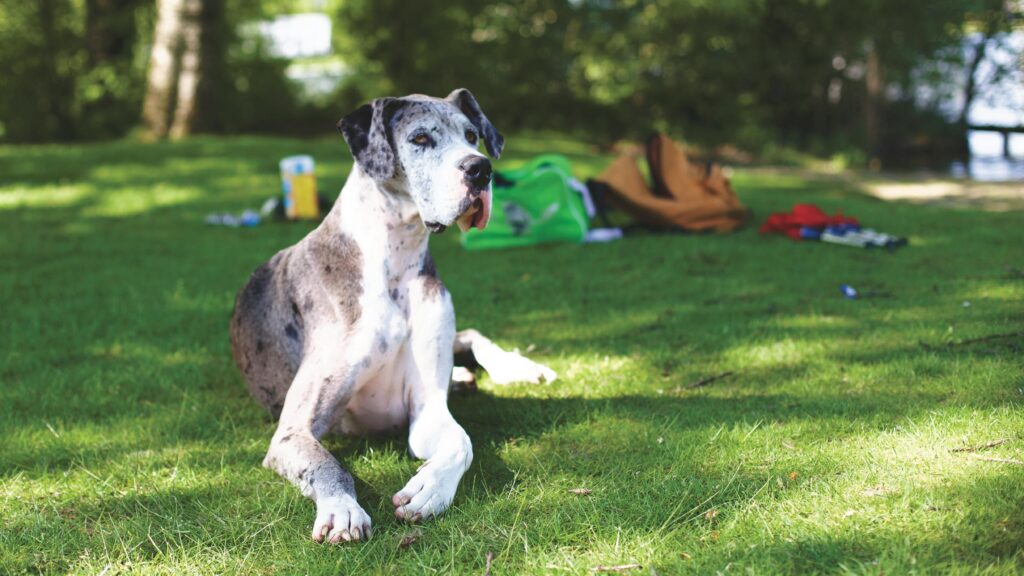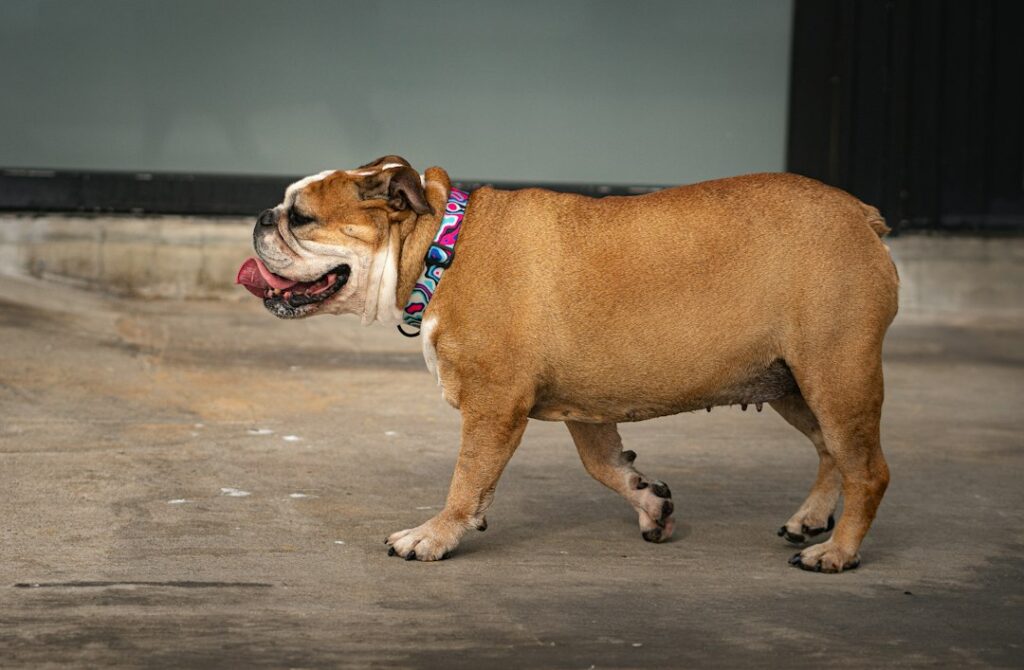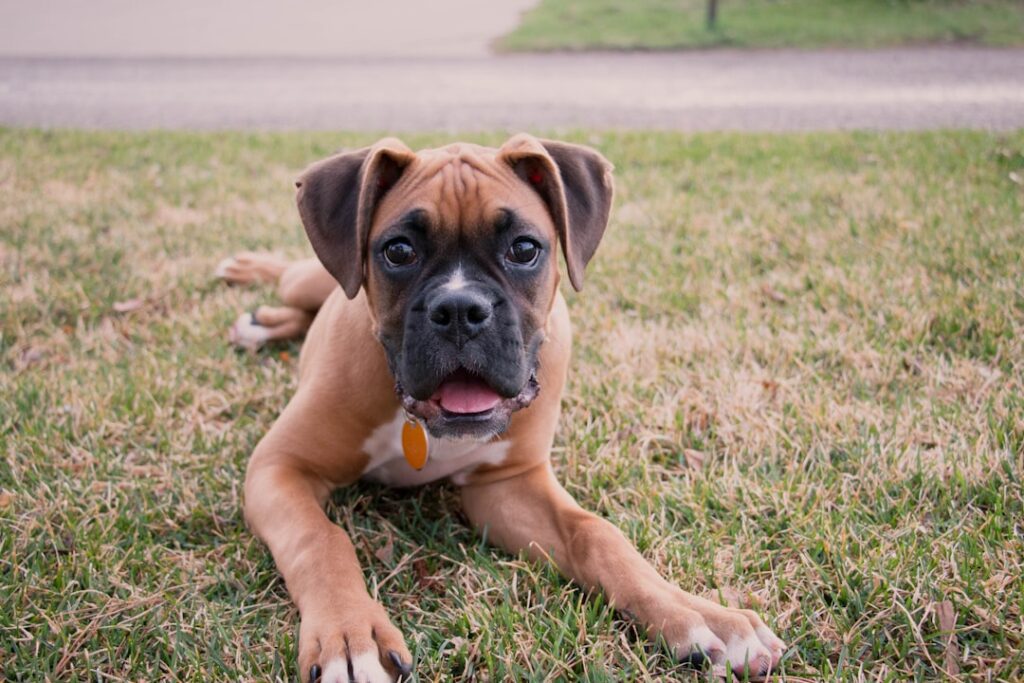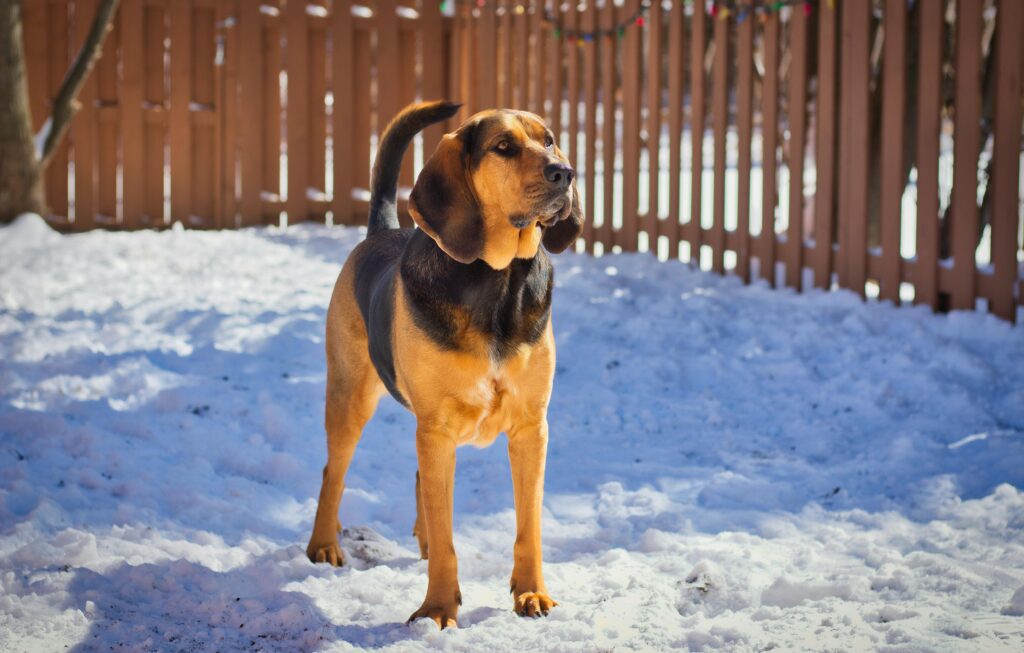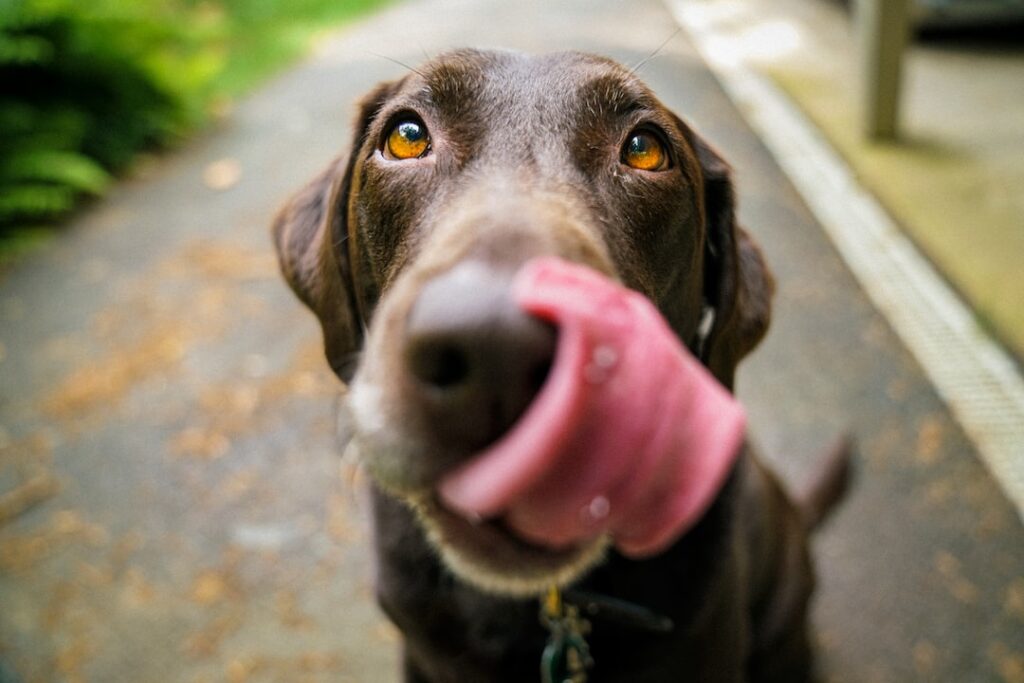Gastric Torsion in Dogs and How to Prevent It
Gastric torsion, also known as bloat, is a life-threatening condition that can affect dogs of all breeds and sizes. It occurs when the stomach fills with gas and twists upon itself, cutting off blood flow and trapping food and gas inside. This can lead to a variety of serious complications, including shock and death. Understanding the causes, symptoms, and prevention of gastric torsion is crucial for dog owners to ensure the health and well-being of their furry friends. Understanding Gastric Torsion in Dogs: Causes and Symptoms Gastric torsion occurs when the stomach becomes distended with gas and twists upon itself. This can happen for a variety of reasons, including eating too quickly, exercising vigorously after a meal, or drinking large amounts of water. Certain factors can increase the risk of gastric torsion, such as having a deep chest cavity or being a large breed dog. The symptoms of gastric torsion can vary but often include restlessness, pacing, drooling, unproductive attempts to vomit, distended abdomen, and difficulty breathing. It is important to note that these symptoms can also be indicative of other health issues, so it is crucial to seek veterinary care if you suspect your dog may be experiencing gastric torsion. Why Gastric Torsion is a Life-Threatening Condition for Dogs Gastric torsion is a life-threatening condition for dogs because it can lead to a variety of serious complications. When the stomach twists upon itself, it cuts off blood flow to the organs in the abdomen. This can lead to tissue death and organ failure if left untreated. Additionally, the trapped gas and food in the stomach can cause it to expand rapidly, putting pressure on the diaphragm and making it difficult for the dog to breathe. If gastric torsion is not treated promptly, it can lead to shock and death. Shock occurs when the body’s organs do not receive enough oxygen and nutrients to function properly. This can lead to a rapid decline in the dog’s health and can be fatal if not addressed immediately. It is crucial to seek veterinary care as soon as possible if you suspect your dog may be experiencing gastric torsion. Common Breeds Prone to Gastric Torsion and Their Risk Factors While gastric torsion can occur in any breed of dog, there are certain breeds that are more susceptible to this condition. These breeds typically have deep chests and narrow waists, which can make it easier for the stomach to twist upon itself. Some of the breeds that are more prone to gastric torsion include Great Danes, German Shepherds, Boxers, Doberman Pinschers, and Saint Bernards. In addition to breed, there are other risk factors that can increase the likelihood of gastric torsion in dogs. These include eating too quickly, exercising vigorously after a meal, and having a close relative who has experienced gastric torsion. It is important for dog owners to be aware of these risk factors and take steps to prevent gastric torsion in their pets. How to Diagnose Gastric Torsion in Dogs: Tests and Procedures Diagnosing gastric torsion in dogs typically involves a combination of physical examination, imaging tests, and blood work. The veterinarian will first perform a physical examination to assess the dog’s overall health and look for signs of gastric torsion, such as a distended abdomen or difficulty breathing. Imaging tests, such as X-rays or ultrasounds, may be used to confirm the diagnosis and determine the severity of the condition. These tests can show if the stomach is twisted and if there are any signs of tissue death or organ damage. Blood work may also be done to assess the dog’s overall health and check for any abnormalities. Treatment Options for Gastric Torsion: Surgery and Post-Operative Care The primary treatment for gastric torsion in dogs is surgery. The veterinarian will need to untwist the stomach and remove any trapped gas or food. In some cases, the stomach may need to be partially or fully removed if there is significant tissue death or damage. After the surgery, the dog will need to be closely monitored and may require additional treatment, such as intravenous fluids or pain medication. Post-operative care is crucial for the dog’s recovery. This may include restricting activity, feeding a special diet, and administering medications as prescribed by the veterinarian. It is important to follow all post-operative instructions carefully to ensure the dog’s full recovery. The Importance of Early Intervention in Gastric Torsion Cases Early intervention is crucial in cases of gastric torsion to prevent serious complications and increase the chances of a successful outcome. If you suspect your dog may be experiencing gastric torsion, it is important to seek veterinary care immediately. The veterinarian will be able to diagnose the condition and determine the best course of treatment. Recognizing the signs of gastric torsion is key to early intervention. Some common signs include restlessness, pacing, drooling, unproductive attempts to vomit, distended abdomen, and difficulty breathing. If you notice any of these symptoms in your dog, do not hesitate to contact your veterinarian. Preventing Gastric Torsion in Dogs: Tips and Strategies Preventing gastric torsion in dogs involves a combination of lifestyle changes and management strategies. It is important to provide a healthy diet, regular exercise, and routine veterinary care to reduce the risk of gastric torsion. Feeding smaller meals throughout the day instead of one large meal can help prevent gastric torsion. It is also important to avoid feeding your dog immediately before or after vigorous exercise. Providing a calm environment during meal times and discouraging rapid eating can also help reduce the risk. Dietary Considerations to Reduce the Risk of Gastric Torsion Diet plays a crucial role in reducing the risk of gastric torsion in dogs. Feeding a high-quality, balanced diet that is appropriate for your dog’s age, breed, and size is important. Avoiding foods that are high in fat or difficult to digest can also help reduce the risk. Feeding your dog from an elevated bowl can also help prevent gastric torsion. This can help slow down
Gastric Torsion in Dogs and How to Prevent It Read More »

